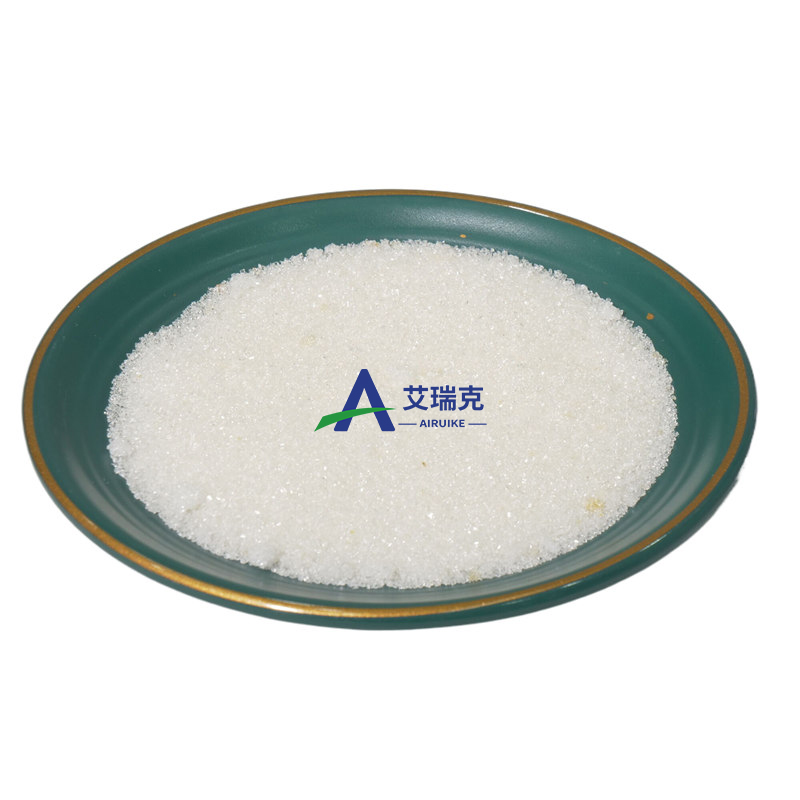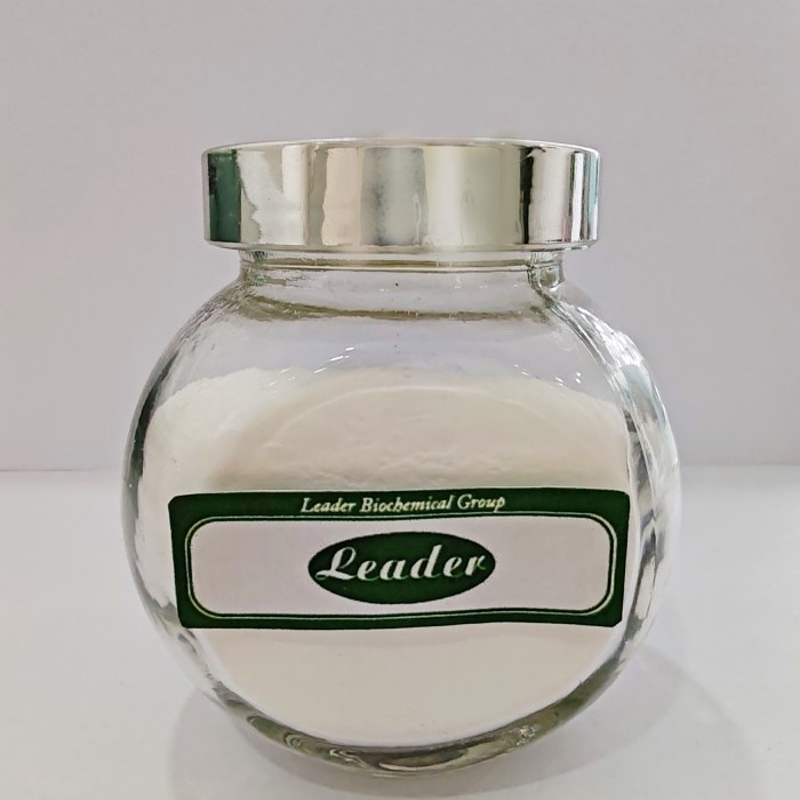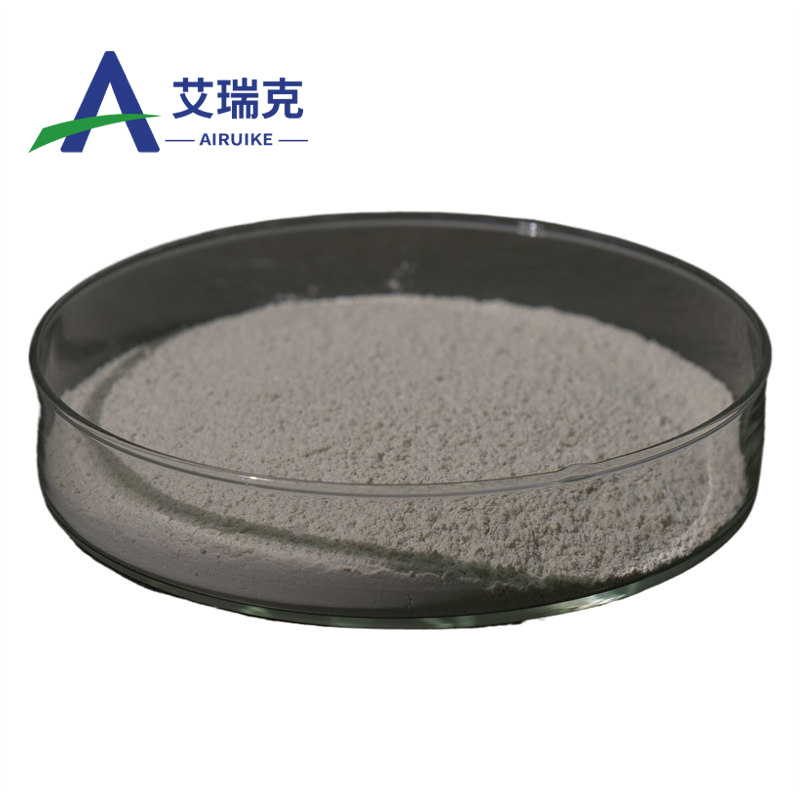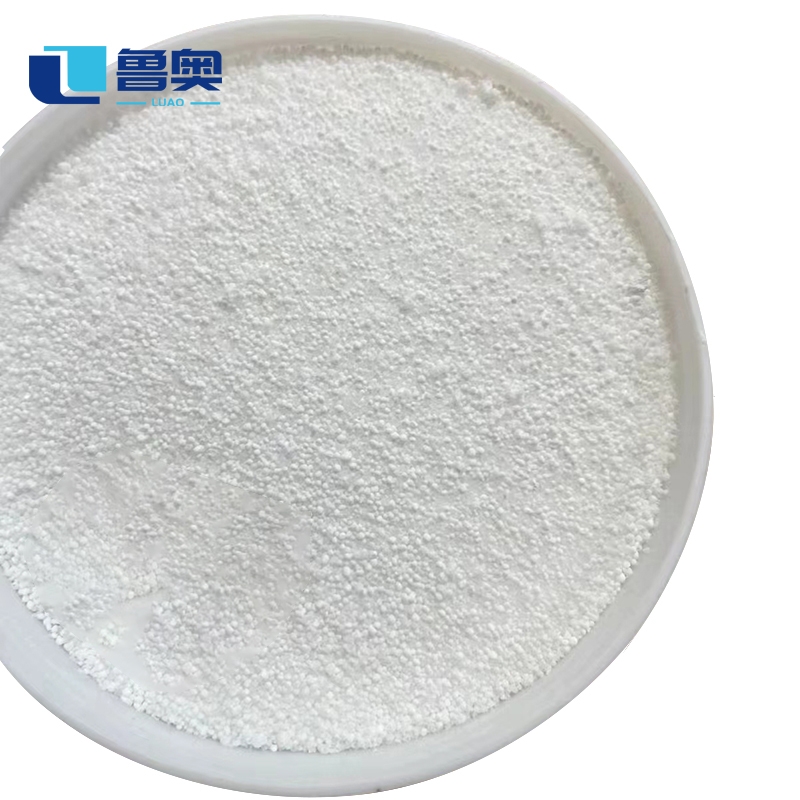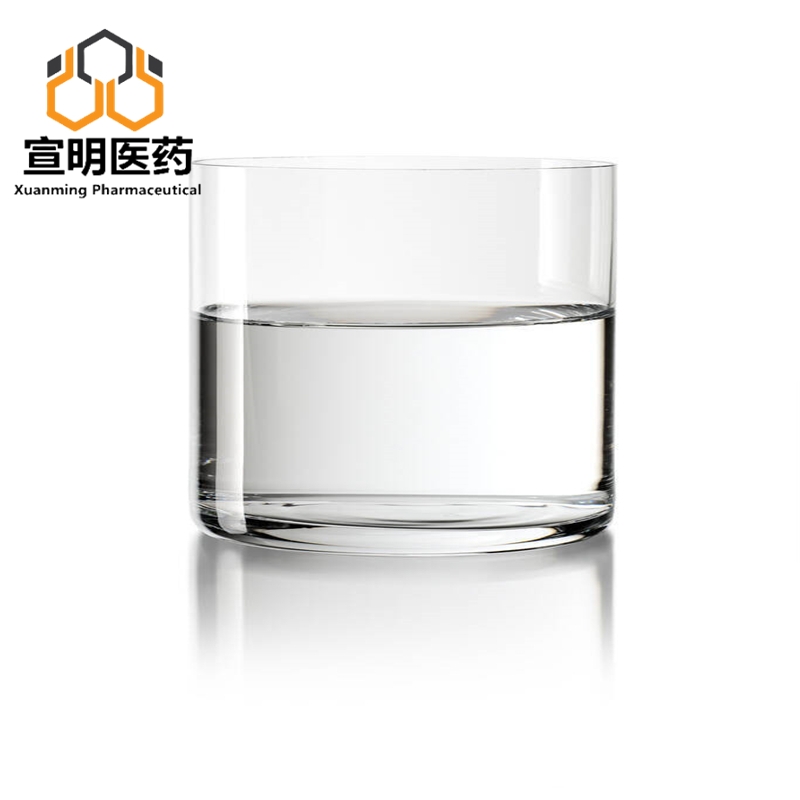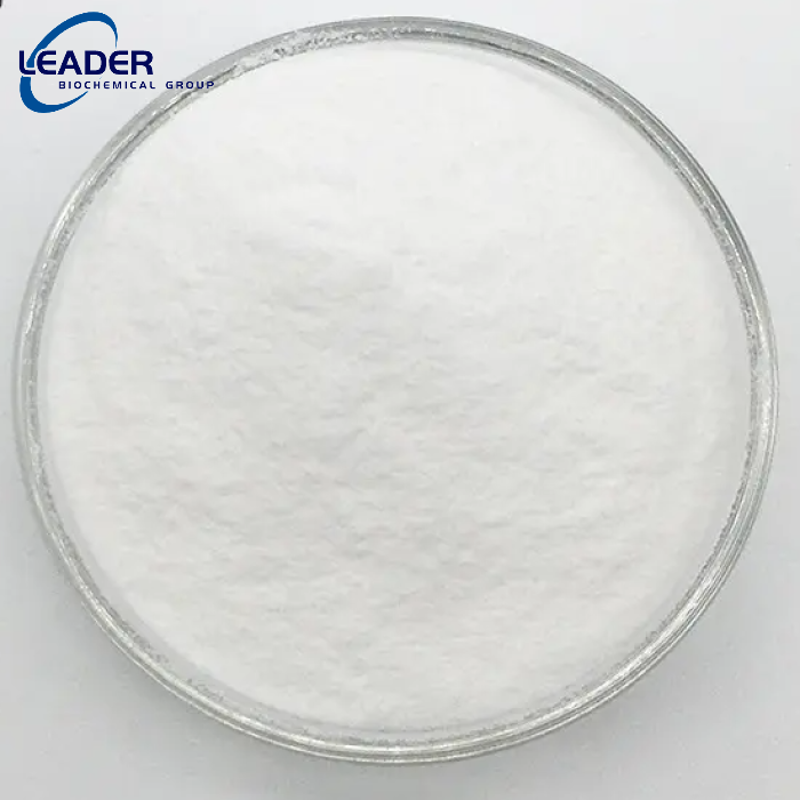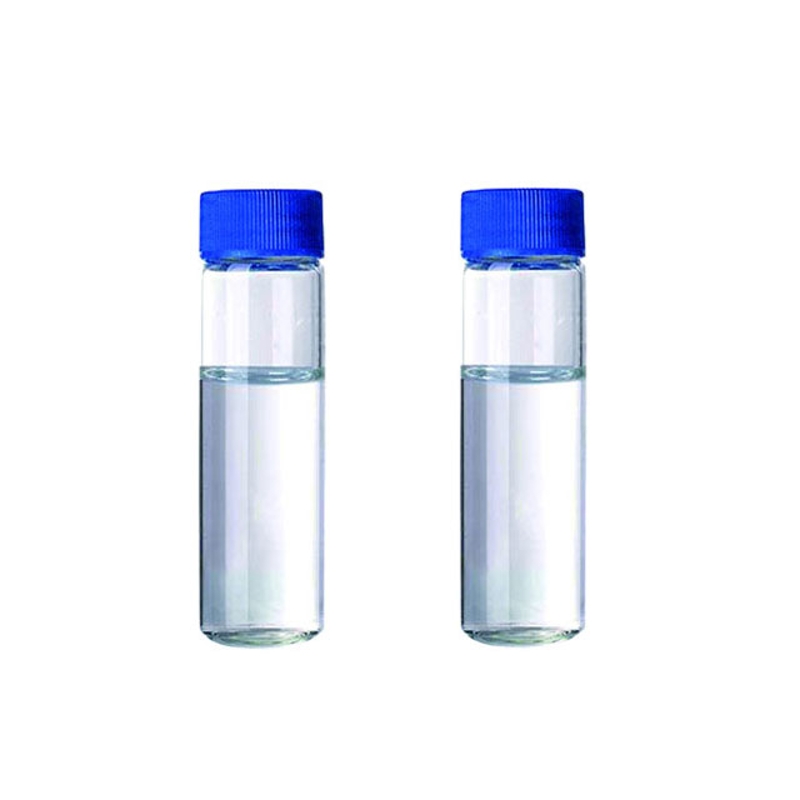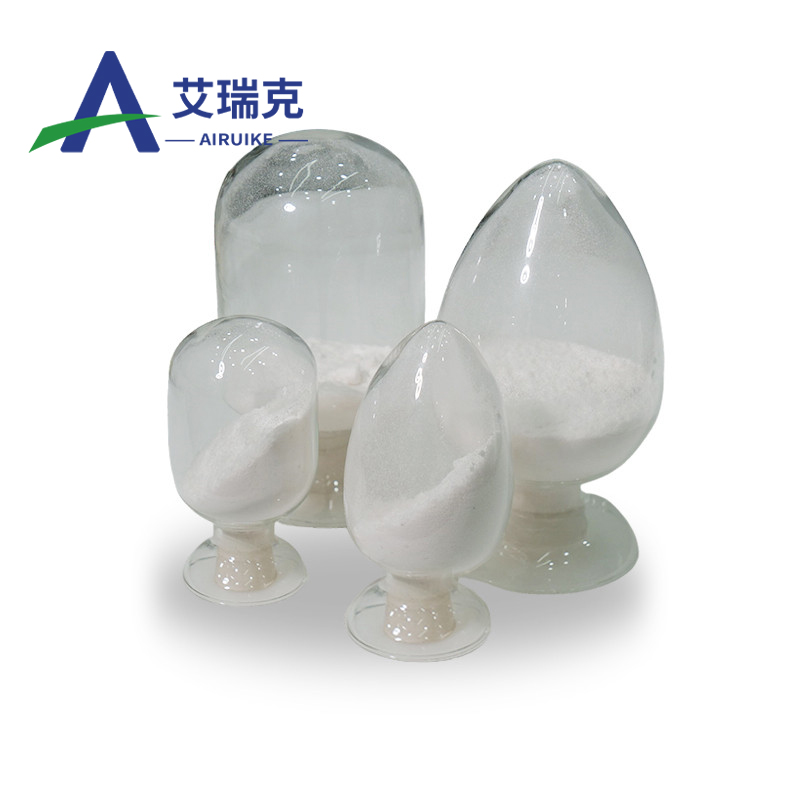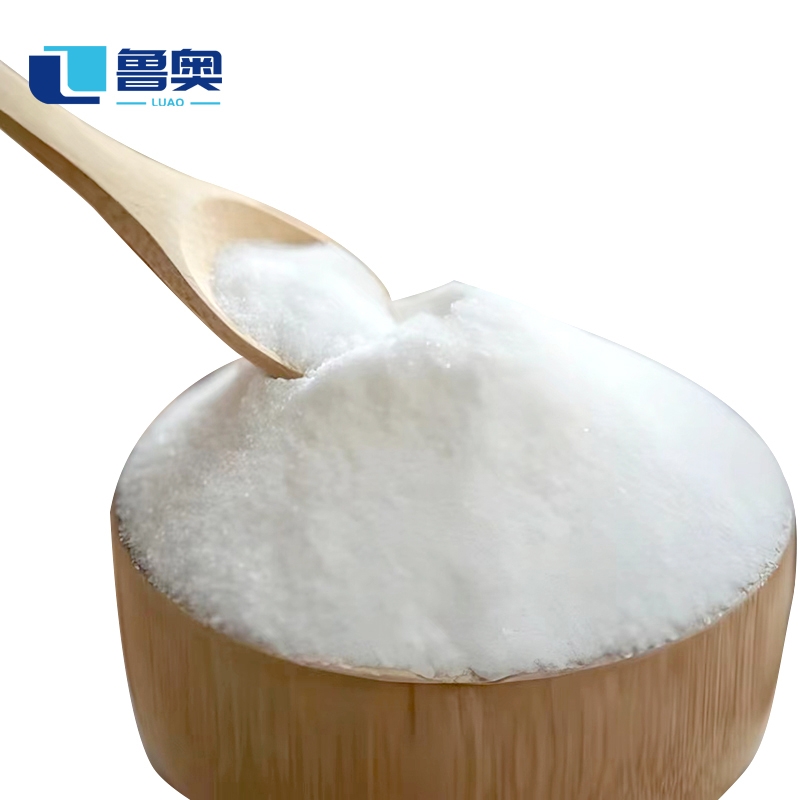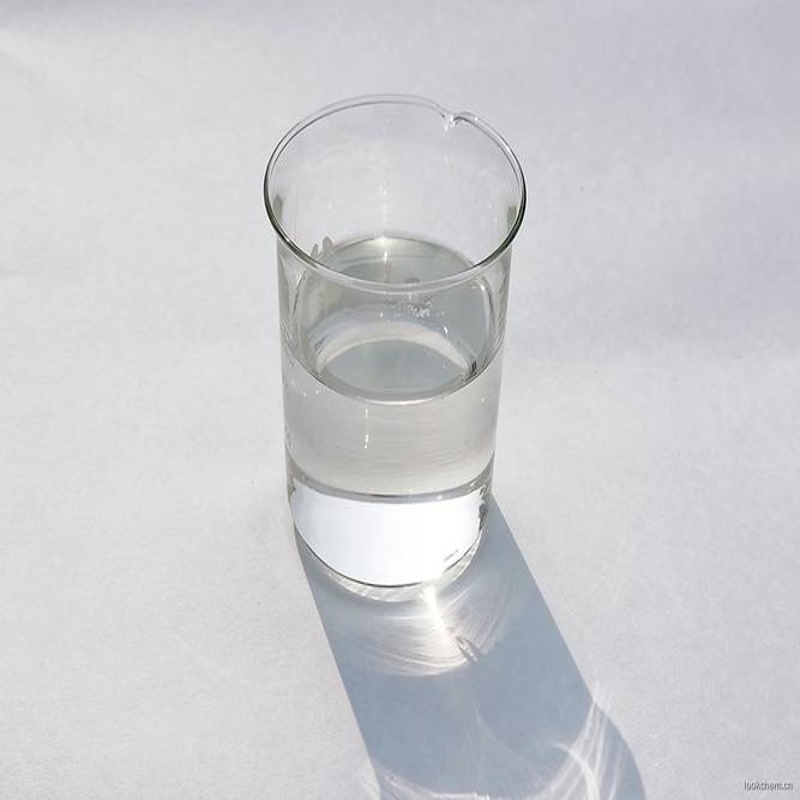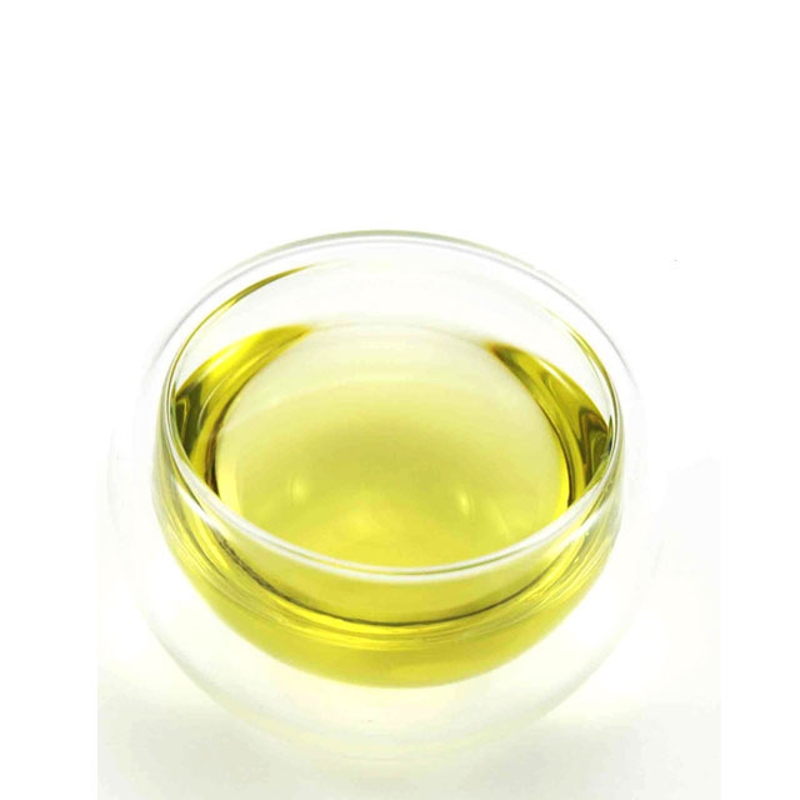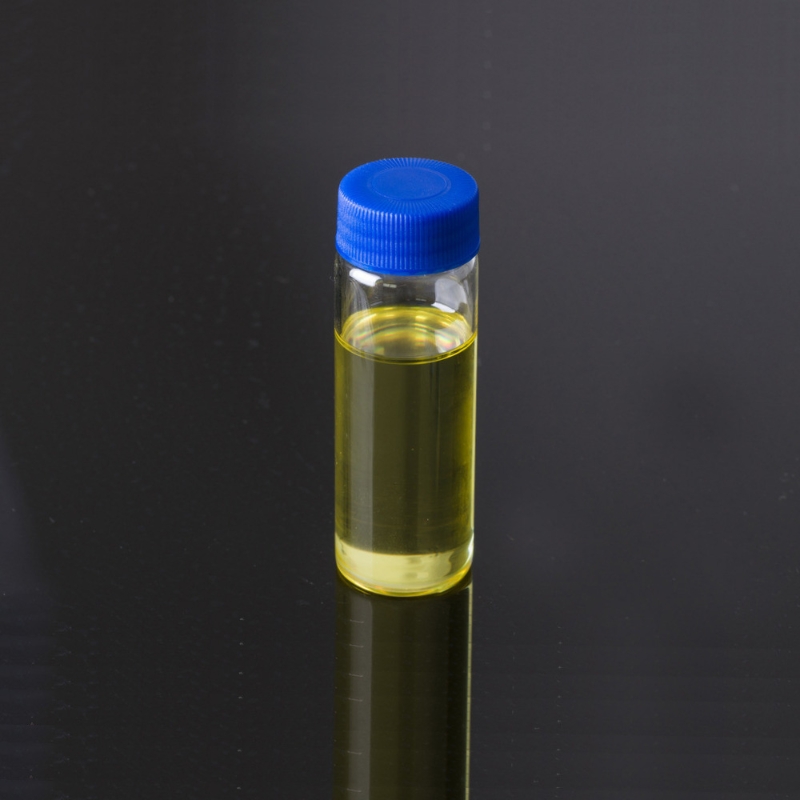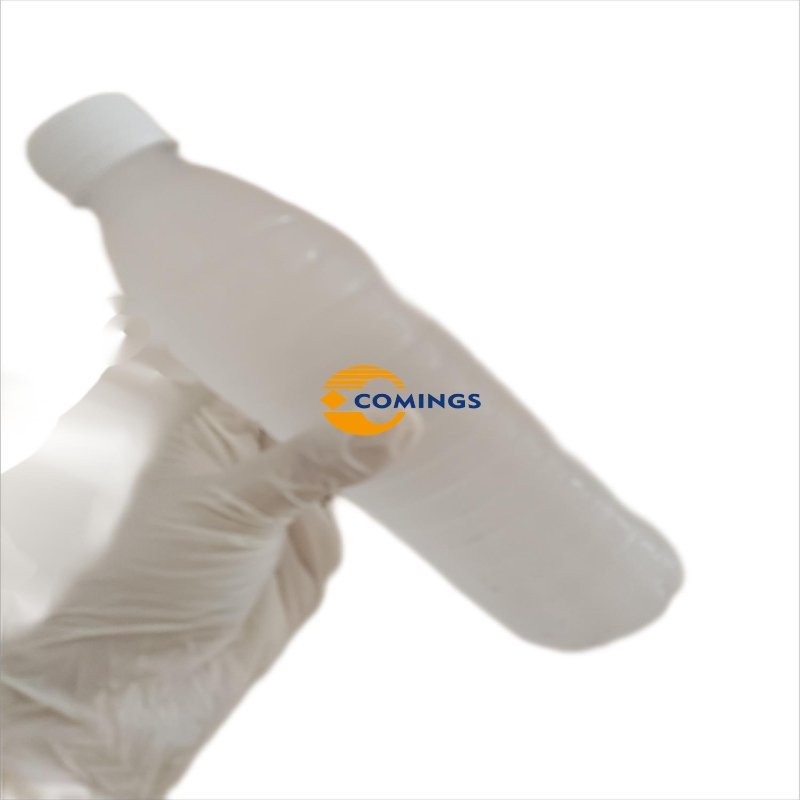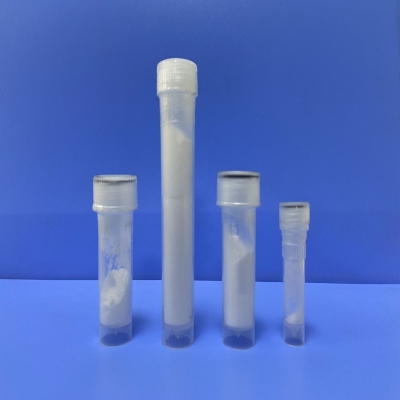Pharmaceutical Intermediates
- • Analgesics (55)
- • Anesthetics (47)
- • Anti-Addiction Agents (8)
- • Antibacterials (94)
- • Anticonvulsants (19)
- • Antidementia Agents (22)
- • Antidepressants (33)
- • Antiemetics (23)
- • Antifungals (22)
- • Antigout Agents (8)
- • Anti-inflammatory Agents (23)
- • Antimigraine Agents (21)
- • Antineoplastics (412)
- • Antiparasitics (10)
- • Antiparkinson Agents (28)
- • Antipsychotics (49)
- • Antispasticity Agents (12)
- • Antivirals (144)
- • Anxiolytics (15)
- • Blood Glucose Regulators (96)
- • Blood Products (61)
- • Cardiovascular Agents (148)
- • CNS Agents (20)
- • Dental and Oral Agents (7)
- • Dermatological Agents (18)
- • Electrolytes (15)
- • Gastrointestinal Agents (58)
- • Genetic/Enzyme Disorder (12)
- • Genitourinary Agents (43)
- • Immunological Agents (31)
- • Metabolic Bone Disease (6)
- • Ophthalmic Agents (31)
- • Respiratory Tract (48)
- • Skeletal Muscle Relaxants (4)
- • Sleep Disorder Agents (23)
- • Oled Material Intermediate (309)
- • Heterocyclic Compound (9725)
- • Bulk Drug Intermediates (16546)
Related News
Antidepressants
-
Food / Pharma Grade / 99.8%
-
Pharmacy Grade / 99.5%
-
Pharmaceutical Grade / 0.00%
-
Pharmaceutical Grade / 99%
Request for quotation , get quotes from more suppliers.
-
Pharmacy Grade / 99%
-
Pharmacy Grade / 99%
-
pharmaceutical grade / 98%
-
Pharma Grade / -
Request for quotation , get quotes from more suppliers.
3-Bromoanisole
(2398-37-0)-
Pharmaceutical Grade / 99%
-
pharmaceutical grade / 99.9%
-
Pharmacy Grade / 99%
-
Pharmacy Grade / 99.0%
Request for quotation , get quotes from more suppliers.
Hydroxyphenylacetic acid
(156-38-7)-
Pharmaceutical Grade / 99%
$100/KG EXW
-
Pharmacy Grade / 99.5%
-
Pharmacy Grade / 99%
-
![Hydroxyphenylacetic acid buy Hydroxyphenylacetic acid]()
Industrial Grade ,Pharma Grade / 99%
Request for quotation , get quotes from more suppliers.
1-Fluoronaphthalene
(321-38-0)-
Pharmacy Grade / 99%
-
Pharmaceutical Grade / 99%
-
pharmaceutical grade / 99.9%
-
pharmaceutical grade / 98%
Request for quotation , get quotes from more suppliers.
Source Antidepressants Products Supply
2-Butene-1,4-diol
(110-64-5)-
pharma grade / 99%
-
Pharmacy Grade / 99%
-
Pharmacy Grade; / 98%
$50-65/KG FOB
-
Pharmacy Grade / 99%
Request for quotation , get quotes from more suppliers.
Diethyl acetamidomalonate
(1068-90-2)-
Pharmaceutical grade / 0.99%
-
![Diethyl acetamidomalonate buy Diethyl acetamidomalonate]()
Industrial Grade / pharmaceutical grade / 99%
-
- / 99.00%
-
Research and Industrial Grade / 98.00%
Request for quotation , get quotes from more suppliers.
-
Pharmacy Grade / 99%
-
![7-methoxy-1-tetralone buy 7-methoxy-1-tetralone]()
Industrial Grade / pharmaceutical grade / 99%
-
- / 99.00%
-
AR Grade / 99%
Request for quotation , get quotes from more suppliers.
(4-Methoxyphenyl)acetic acid
(104-01-8)-
Industrial Grade / 99%
-
![4-Methoxyphenylacetic acid buy 4-Methoxyphenylacetic acid]()
-
![4-Methoxyphenylacetic acid buy 4-Methoxyphenylacetic acid]()
Industrial Grade / 99%
-
![4-MethoxyPhenylaceticAcid buy 4-MethoxyPhenylaceticAcid]()
- / 0.98%
Request for quotation , get quotes from more suppliers.
(7-Methoxynaphthalen-1-yl)acetonitrile
(138113-08-3)-
Pharmacy Grade / 99%
-
![7-Methoxy-1-naphthylacetonitrile buy 7-Methoxy-1-naphthylacetonitrile]()
Industrial Grade,Pharma Grade / 99%
-
![2-(7-Methoxy-1-naphthyl)ethylamine hydrochloride buy 2-(7-Methoxy-1-naphthyl)ethylamine hydrochloride]()
pharmaceutical Grade / 99%
$1/KG EXW
-
![7-Methoxy-1-naphthylacetonitrile buy 7-Methoxy-1-naphthylacetonitrile]()
pharmaceutical grade / 99%
Request for quotation , get quotes from more suppliers.











